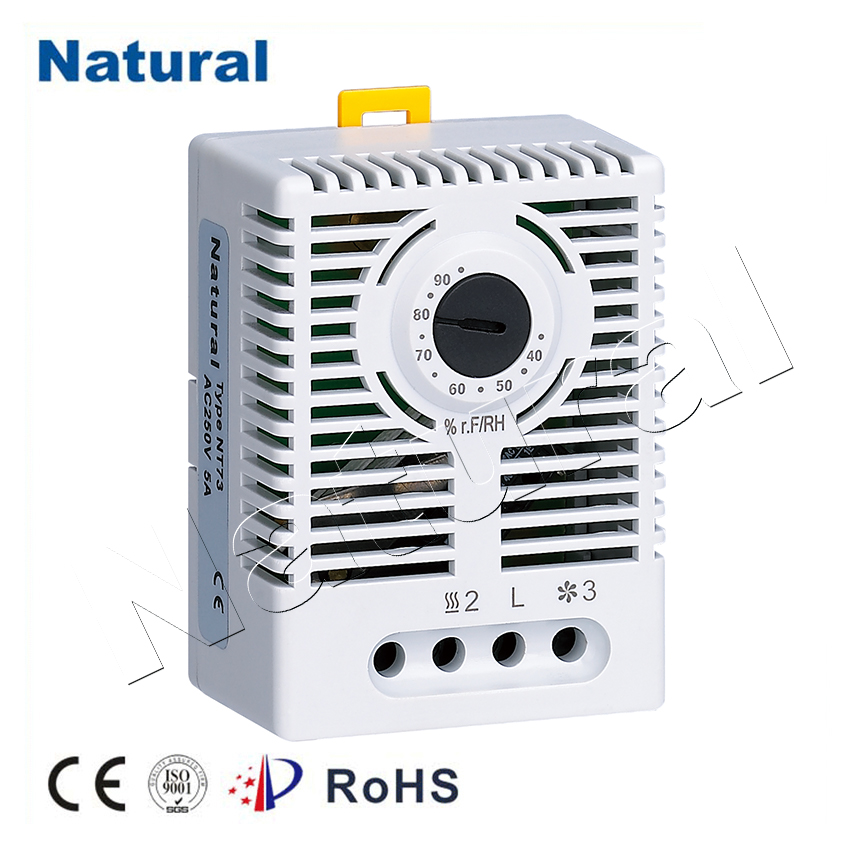Hysteresis Thermostats: Achieving Temperature Stability and Energy Efficiency

In today’s fast-paced world, where energy conservation and precise temperature control are of paramount importance, hysteresis thermostats have emerged as essential tools in various applications. These ingenious devices offer a unique approach to maintaining temperature stability while simultaneously optimizing energy consumption. In this article, we delve into the concept of hysteresis thermostats, exploring their working principle, advantages, and diverse applications. Understanding Hysteresis Thermostats Hysteresis thermostats are specialized temperature control devices designed to regulate heating or cooling systems. Unlike conventional thermostats that maintain a fixed temperature setpoint, hysteresis thermostats employ a hysteresis or deadband to enhance temperature control. This deadband is essentially a temperature range within which the system operates, ensuring that the heating or cooling equipment doesn’t activate too frequently, thereby conserving energy. How Hysteresis Thermostats Work Hysteresis thermostats function based on a simple yet effective principle. When the temperature reaches the upper limit of the desired range, the heating (or cooling) system is activated. However, it remains active until the temperature falls below the lower limit of the specified range, at which point it deactivates. This ensures that the system doesn’t cycle on and off rapidly, preventing unnecessary wear and tear while saving energy. Advantages of Hysteresis Thermostats Energy Efficiency: Hysteresis thermostats are champions of energy efficiency. Their ability to reduce the frequency of heating and cooling system activations results in substantial energy savings. This is particularly important in residential and commercial buildings where HVAC systems are major energy consumers. Enhanced Temperature Stability: Unlike standard thermostats, hysteresis thermostats offer enhanced temperature stability within the predefined deadband. This minimizes temperature fluctuations, ensuring a more comfortable and consistent environment. Extended Equipment Lifespan: The reduced wear and tear on heating and cooling systems due to less frequent cycling can significantly extend their lifespan, reducing maintenance costs and environmental impact. Adaptability: Hysteresis thermostats can be tailored to various applications, making them suitable for a wide range of industries, from industrial processes to home appliances. Applications of Hysteresis Thermostats Residential Heating and Cooling: Hysteresis thermostats are commonly used in residential HVAC systems to maintain a stable indoor temperature while conserving energy. Industrial Processes: Industries that require precise temperature control, such as chemical manufacturing and food processing, rely on hysteresis thermostats to ensure product quality and energy efficiency. Refrigeration: Hysteresis thermostats are integral to refrigeration systems, preventing unnecessary compressor cycling and optimizing cooling efficiency. Greenhouses: These devices play a vital role in greenhouse climate control, ensuring that plants receive consistent temperatures while minimizing energy consumption. Energy Management: Hysteresis thermostats are a key component in energy management systems for commercial buildings, helping businesses reduce their carbon footprint and operating costs. Conclusion Hysteresis thermostats have revolutionized temperature control by striking a balance between temperature stability and energy efficiency. Their unique deadband approach ensures that heating and cooling systems operate optimally, reducing energy consumption and extending the lifespan of equipment. As we continue to prioritize sustainability and energy conservation, hysteresis thermostats will undoubtedly remain at the forefront of modern temperature control solutions, helping us create a more comfortable and eco-friendly world.